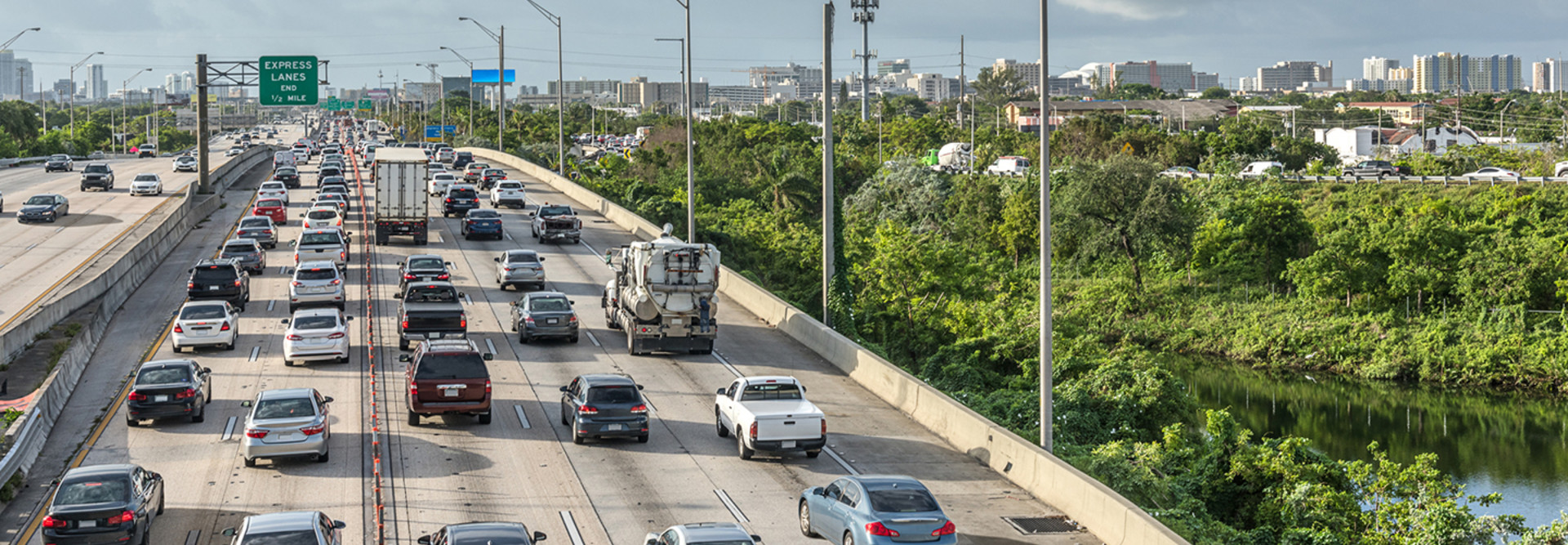Transportation Department Teams with Maryland in Bid to Improve Road Safety
It’s more than a way to navigate around rush-hour traffic. The Waze application is being used to make roads safer.
The state of Maryland partnered with the U.S. Transportation Department on a pilot project that used data from the state police as well as anonymized data collected from Waze users. The DOT wanted to know if Waze users could be trusted to report crashes — and whether reporting on crashes via the app was as accurate and reliable as the collision reports government agencies have long collected.
The pilot program, which started in January, has yielded some tangible and encouraging results. The tests found that the models produced via the Waze data led to “reasonably good estimates of police-reported crashes.” The DOT wants to expand beyond the Maryland experiment and construct a data infrastructure that can analyze more variables.
By collecting data on when and where crashes occur, federal as well as state and local officials can get more information to help determine risk factors for crashes.
SIGN UP: Get more news from the StateTech newsletter in your inbox every two weeks!
Maryland Data Helps DOT Explore Road Safety
As part of the pilot, led by the Transportation Department’s Volpe National Transportation Systems Center, DOT analyzed a wealth of anonymized data from Waze users and compared it against crash data collected by the Maryland State Police, the Washington Post reports.
As DOT notes, the pilot was an opportunity to “estimate police-reported traffic crashes in near-real time by combining crowdsourced crash data from Waze with crash data provided by the State of Maryland via the National Highway Traffic Safety Administration’s (NHTSA) Electronic Data Transfer pilot.”
The Volpe center used machine learning and artificial intelligence techniques on these data sets to train statistical models to predict crashes, according to DOT.
“In this pilot, DOT learned these models supported with Waze data produce reasonably good estimates of police-reported crashes,” DOT notes. “This pilot has laid the foundation needed for a future nationwide scale-up of a crash count tool.”
DOT wants to reduce traffic deaths. In 2017, according to the National Safety Council, a nonprofit that works closely with federal auto-safety regulators, traffic deaths edged down 1 percent to 40,100. However, traffic deaths in 2016 were up 6 percent from 2015, at 40,200.
“The most dangerous thing people do everyday [sic] is get in their car and drive around,” Michael Pack, director of the University of Maryland’s Center for Advanced Transportation Technology Laboratory. “It’s important that we be making investment decisions that are going to improve the safety and security of those roads based on the most current data possible.”
Using the Maryland data, DOT officials can then “closely estimate the number of actual crashes on roads from the Waze data,” according to the Transportation Department, with busier roads with more Waze users providing the most accurate results.
There are limitations to both government-collected crash data and data collected from private-sector apps like Waze, according to the Transportation Department. The Fatality Analysis Reporting System, a nationwide census providing NHTSA, Congress and the American public yearly data regarding fatal injuries suffered in motor vehicle crashes, is robust, but it takes a year for the data to be tabulated. Meanwhile, Waze data does not have as much detail, but is generated every few minutes.
“The Waze pilot will integrate data from sources that provide severe weather, demographic and highway geometric information to test how well we can estimate crash risk,” Derek Kan, the Transportation Department’s undersecretary for policy, told a group of government researchers and transportation experts in June, according to the Post.
The longer-term goal, Kan says, is to get a larger, textured and more accurate portrait of how Americans are driving and the dangers they face on the road. “Ultimately, our goal is to construct a data infrastructure that will allow the exploration of how safety risks interact, from human behavior to vehicle and infrastructure design, to weather, roadway and city conditions,” he says, giving transportation officials and others “advanced tools to create a safer system.”
The ultimate goal of this kind of research, which has significant implications for state and local governments, is to be able to “forecast risk at a given place and time and deploy public safety resources” there to save lives, according to DOT, the Post reports.
Elena Russo, a spokeswoman for the Maryland State Police, told the Post that Waze has a place alongside government- and police-generated incident reports, traffic camera feeds and other data from the state’s official travel information site, md511.org.
Sometimes, Russo said, “it’s hard to rely on information coming from the general public.” However, she noted, drivers use the crowdsourced data to make drive-time decisions.









